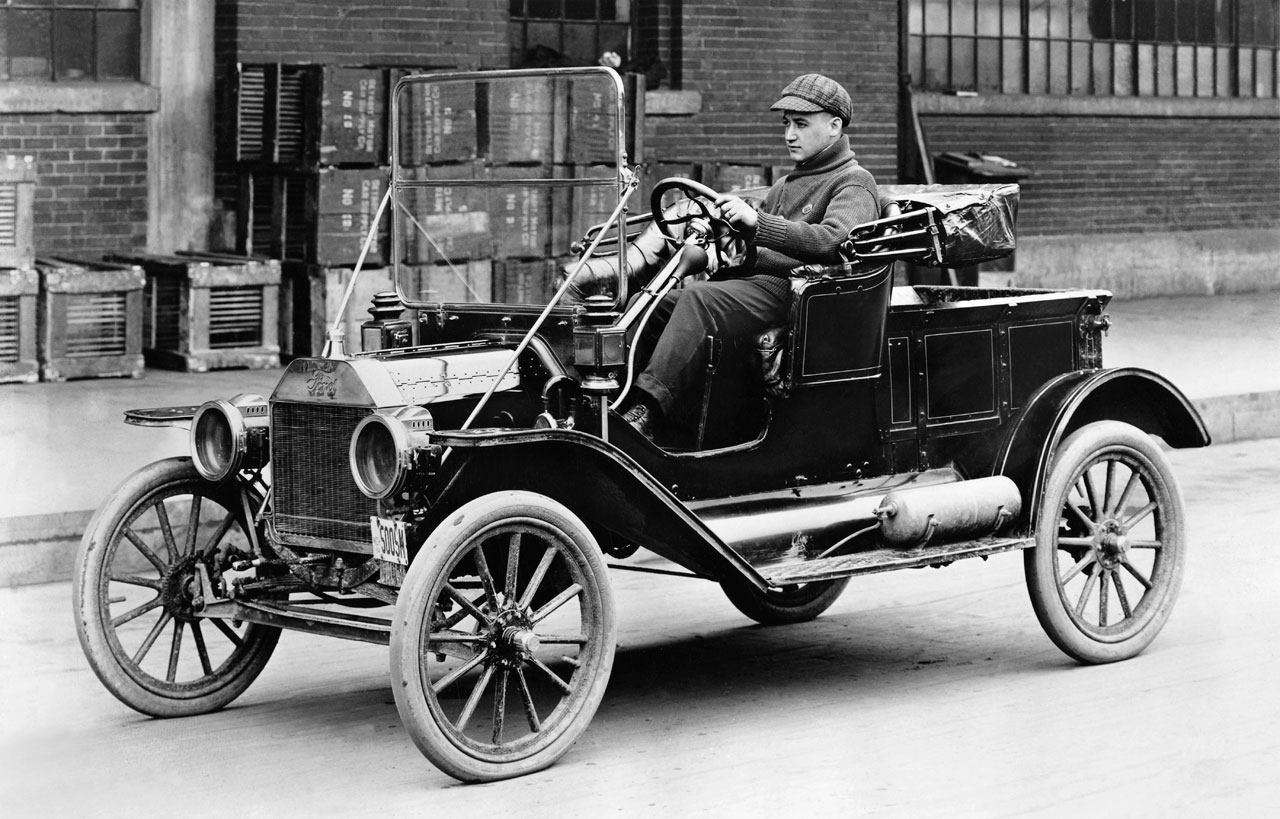


‘Belgium? A year? Are ya sure ya wanna do that?’
‘You’re gonna get so fat from eating all that chocolate!’
‘Belgium?...Brussels ya?’
‘Why can’t ya just be normal and go to France?’
Some people had their reservations when I announced that I was heading off to spend a year in Belgium. It wasn’t that they had anything against the country; they just didn’t know that much about it. It made chocolate, housed the Europe Union and it had a lot of beer. Oh, and Colin Farrell hated the place in the film ‘In Bruges’. But that was it really. So after saying my goodbyes as if I was leaving for the Moon, I set off armed with a suitcase, an address and a dictionary. A plane, two trains and many questions later, I found myself in a big, empty, dust-covered bedroom. Home.
If I had known then what I know now, as someone important once said, I would not have felt so worried or nervous. I wouldn’t have bought a new pair of shoes to wear going ‘clubbing’ either. (I write ‘clubbing’ because I was still ignorant of The Bunker’s grandeur). In any case, it is fair to say that I have never felt as alone as I did that first night in Namur. The ridiculously happy marine-themed duvet cover I had been given at the housing service only served as a taunting contrast to the thoughts running through my head. ‘Belgium? What was I thinking?’
Three months later and a lot has changed. The duvet still remains but everything else is generally more upbeat too. With the necessities, from food to friends, now more or less in place, I can relax and take it all in: the new, the unknown and the distinctly ‘unIrish’. So now that I’ve finished the first semester, have I achieved all I aimed to? Yes and no. However, I have also learned things of which I would otherwise have remained quite ignorant.
What struck me very early on was just how much of a blessing and a curse it is to come from an English-speaking country. On the bright side, I can take comfort in the ancient Anglophone proverb of ‘If the foreigner does not understand you, repeat yourself again and again in a louder voice until they do’. That said, it would be nice to pick up a bit of French, something which can be hard when everyone who can string together ‘hell’ and ‘o’ seems to see me as the perfect opportunity to brush up on their English skills. My new line of defence in such situations is now ‘Je suis irlandais mais je ne parle que gaélique.’
Fortunately, my classmates have been extremely understanding in this regard. They are kind enough to listen as I stumble and mumble my way through a massacre of their language, allowing me to gradually improve. While I am still a long way from perfect, my progress is largely thanks to their patience. At the same time, their ability to come to my rescue with a translation or explanation whenever I am in need highlights for me just how poor we English speakers generally are when it comes to speaking foreign languages.
Seeing as I study French back home, the language was always going to be the priority for me. It’s not the only thing though. It can be interesting to sample the local cultures and habits from the outsider’s perspective. For example, it took a while for me to acclimatise to the different student night life. Gone are the days of a shower, a shave, a clean shirt and a night club. Now it’s more dirty jeans, disintegrating shoes, a hoodie and...The Bunker. It was difficult to get into the swing of things on my first night in this Mecca of Namurois students. It was even harder the next day when I tried to explain the night to a friend on the phone:
“It was in this big sort of car park place...but it’s not a car park, it’s just a big empty room and its filthy and everyone’s way too drunk and there were people getting sick and p*ssing against the walls and...but it was class!”
One of the major perks of being an Erasmus student is that socialising can now be counted as studying. So long as I am speaking French, a night out can be as beneficial as hours spent with my head in the books. This does wonders for a guilty conscience.
While doing such ‘study’, the magic powers of the phrase ‘Je suis Erasmus’ have become quite clear. Just like the ‘Forget about it’ line in the film ‘Donnie Brasco’, there are multiple meanings to these three little words. It can be ‘Help! I’m lost!’ or ‘Yes, I am going to skip you in the queue’ and quite often ‘Even though I’m only paying for two beers, we both know you’re going to give me three’. Failing that, there’s always Plan B of ‘Je suis irlandais’. One or the other usually works.
So four months down, six to go. All in all, I can’t really complain. Hopefully, I will be saying the same in June. I would like to imagine that I will be speaking a bit more French, that I will have made some good friends and maybe I might finally have got the hang of this ‘kissing people to say hello’ thing too.















